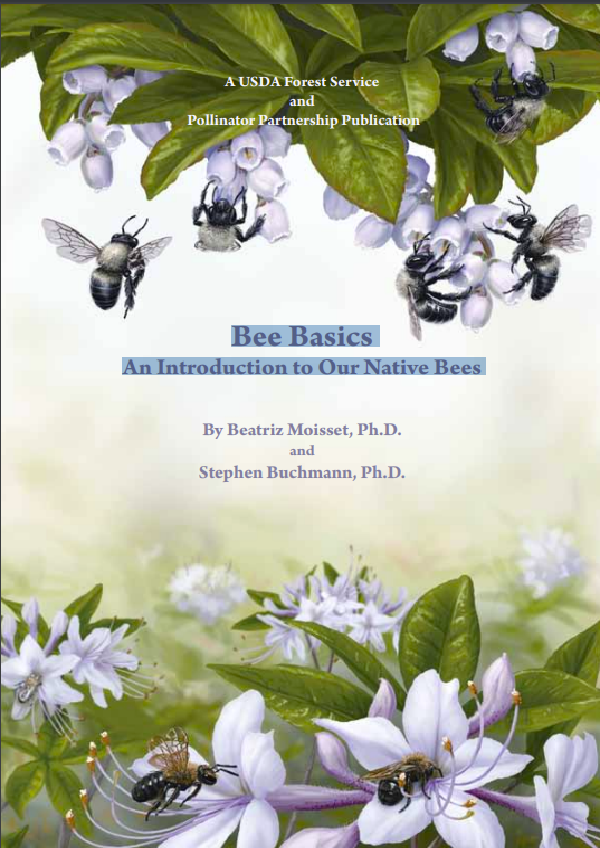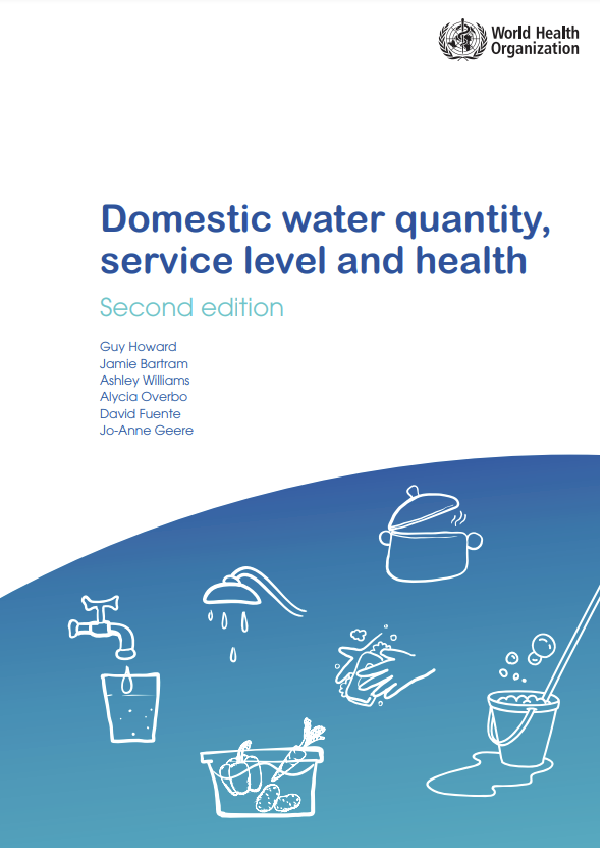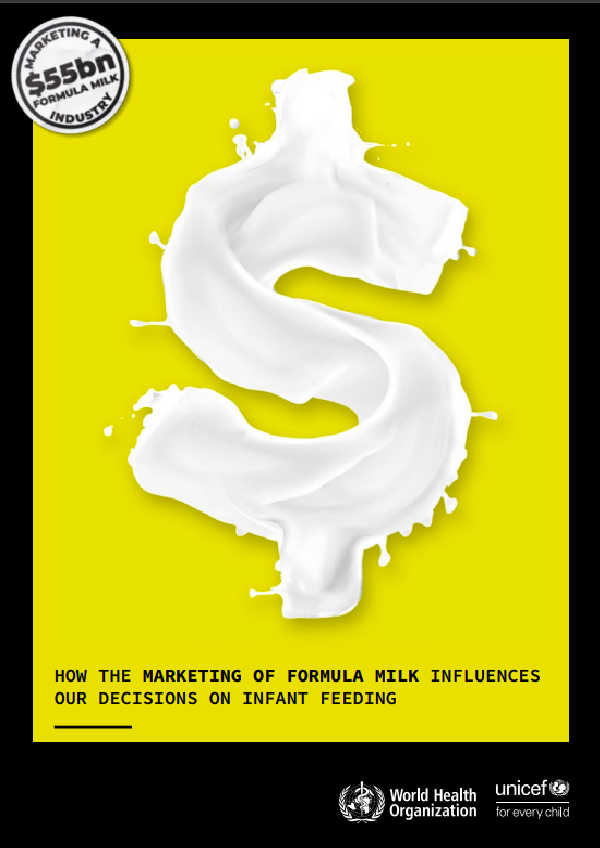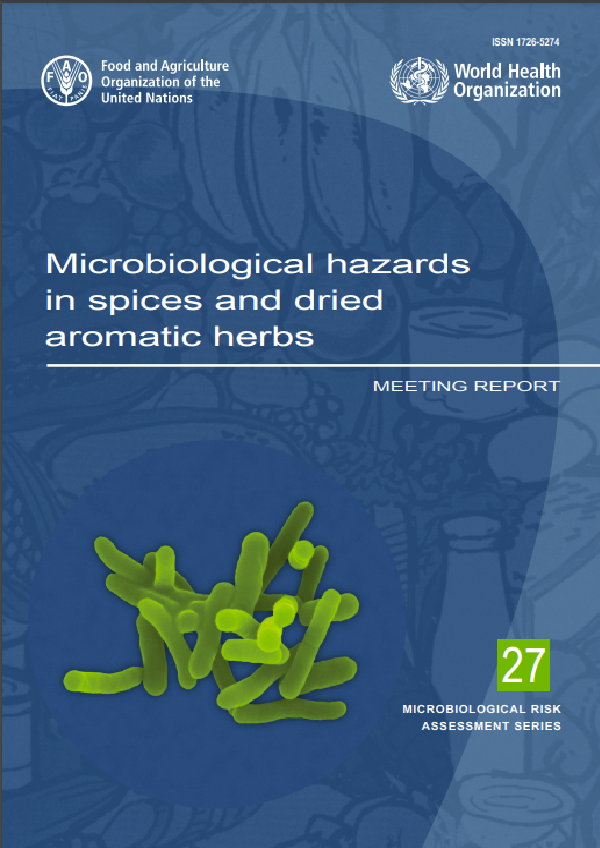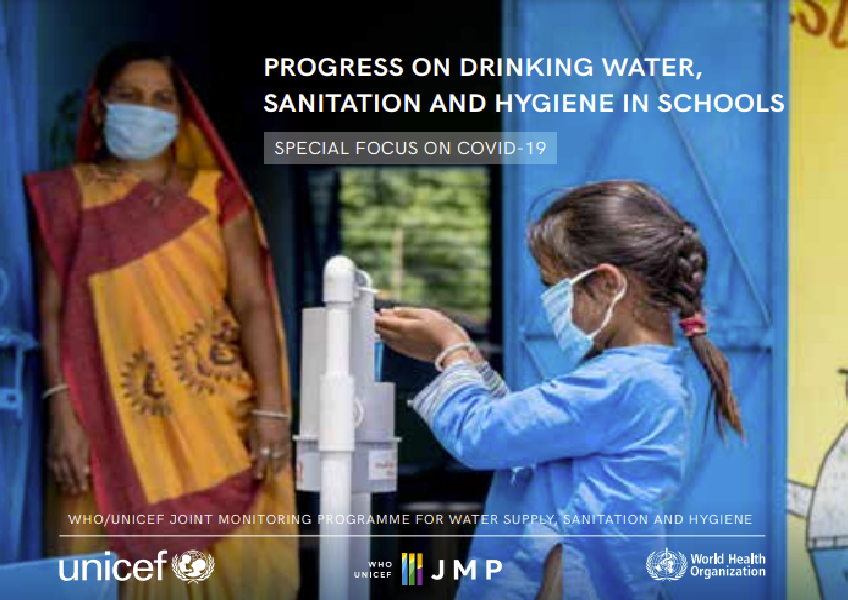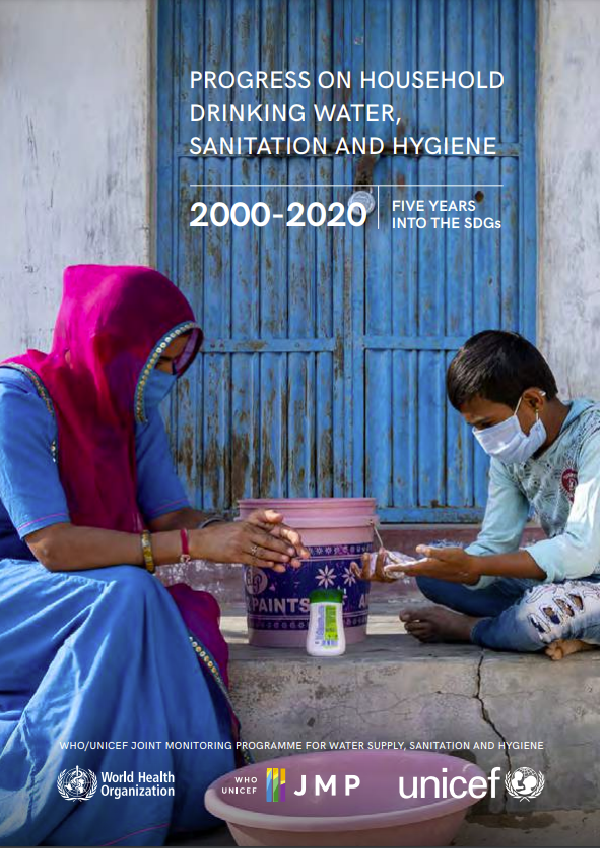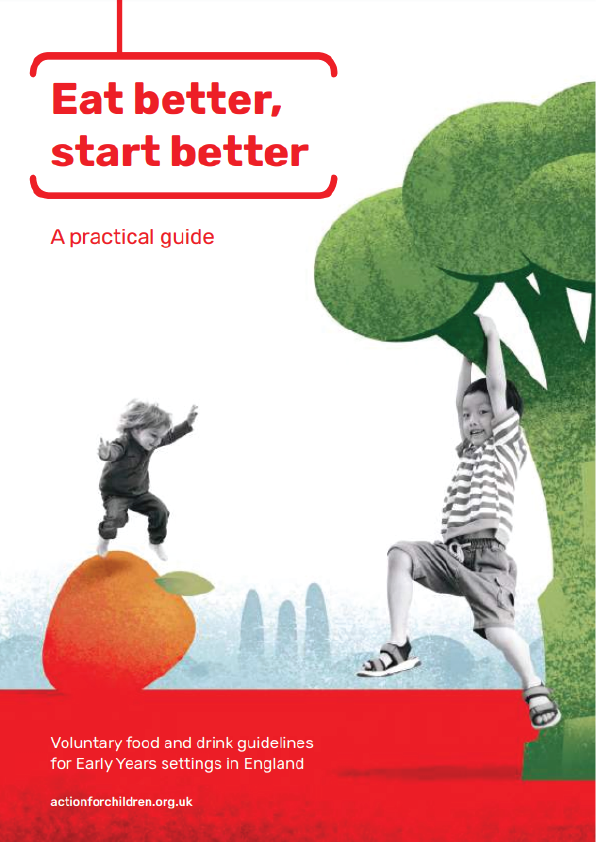Introduction
Native bees are a hidden treasure. From alpine meadows in the national forests of the Rocky Mountains to the Sonoran Desert in the Coronado National Forest in Arizona and from the boreal forests of the Tongass National Forest in Alaska to the Ocala National Forest in Florida, bees can be found anywhere in North America, where flowers bloom. From forests to farms, from cities to wildlands, there are 4,000 native bee species in the United States, from the tiny Perdita minima to large carpenter bees.
Most people do not realize that there were no honey bees in America before European settlers brought hives from Europe. These resourceful animals promptly managed to escape from domestication. As they had done for millennia in Europe and Asia, honey bees formed swarms and set up nests in hollow trees. Native pollinators, especially bees other than honey bees, have been pollinating the continent’s flowering plants since long before the arrival of honey bees. Even in today’s vastly altered landscapes, they continue to do the yeomen’s share of pollination, especially when it comes to native plants.
The honey bee, remarkable as it is, does not know how to pollinate tomato or eggplant flowers. It does very poorly compared to native bees when pollinating many native plants, such as pumpkins, cherries, blueberries, and cranberries. Let us take a closer look at this forgotten treasure of native bees.
What You Can Do
- Plant a pollinator garden. Some gardeners are fearful of being stung by bees and would rather they were not in their gardens. Most native bees are quite different from honey bees and yellow jackets (which are not pollinators) as they rarely sting gardeners and if they do, the sting tends to be mild. In fact, there are some bees, such as the Andrenid bees, that are incapable of stinging humans because their stingers are too small and weak to penetrate their skin.
- Avoid pesticides or choose non-chemical solutions to insect problems. If you must use a pesticide, read the label and apply and dispose of it according to label directions. Where appropriate, consider using organic pesticides. For example, aphids can be easily removed by spraying them with water from a garden hose. Pesticides can also be applied when pollinators are not active, before dawn and at sundown.
- Provide a source of pesticide-free water and mud. A dripping faucet, mud puddle, or birdbath attracts butterflies and beneficial insects. Mud is an important nesting material for some bee species. Providing a clean source of water for birds and other pollinators limits their exposure to possible toxins in the garden. • Plant native plants from your ecoregion. Using locally native flowering plants is the best gardening you can choose to benefit your local pollinators. Native pollinators and native plants have become mutually adapted through millions of years of partnership with one another. Plant-pollinator partners exist in your ecoregion. Finding and planting the right plants makes a huge difference for pollinators.
- Provide a variety of native flowering trees, shrubs, and wildflowers that bloom successively throughout the seasons. Fortunately this is exactly what most gardeners aspire to have in their gardens. Many highly selected cultivars don’t provide for the needs of pollinators. In most cases, they have lost the floral cues that attract pollinators to their flowers. In some cases, these improved cultivars no longer produce pollen or nectar and as such do not provide any food to bees. Using native plants also requires less care as they are adapted to local climates. Using native plants can be easy on the pocket book. Many modern cultivars and nonnative plants such as many of the roses require a great deal of time and money to care for them. Think of the flowers your grandmother used in her garden as a practical guide, especially when using nonnative plants. The pollinators will thank you.
- You can also plant the kind of lawn that provides habitat beneficial to bees. A perfectly manicured, pesticide-saturated lawn is a desert to wildlife, including pollinators. Reducing the size of the lawn by creating pollinator gardens will benefit native pollinators and other species of wildlife. It is possible to have a lawn that is good for native bees while being esthetically pleasing. As mentioned before, stay away from pesticides and herbicides as much as possible. Second, allow some small wildflowers to become part of your lawn. The look of your lawn may change as a result, but it will continue to serve its purpose. Clover is great food for native bees. It also fixes nitrogen, reducing the need for fertilizers. Other small plants that benefit native bees are plantago, and veronicas. Rather than calling them weeds, call them pollinator food.
- Provide nesting habitats for bees. A simple bare spot here and there (no mulch or grass, just bare soil) may be enough for an aggregation of hard working soil nesting native bees. A sand pile may be even better. Standing dead trees are important nesting habitats for 30 percent of our native bees. If you cannot tolerate a dead tree on your property, it may be possible to keep a stump or a standing log, and use it as an attractive planter. Perhaps it will, in turn, provide housing space for bees. Drilling holes on an old post or even a tree trunk would also make good nesting sites. The holes should be 3/32” to 3/8” in diameter (7-8mm) and 4 to 5 inches deep.
- Build or buy your own bee houses. There are many in the market, and it is relatively easy to build your own by following instructions posted on several websites. Watching the comings and goings of busy female bees can be as much fun as observing a bird house. They become watchable wildlife. Hollow paper tubes, just about the size of drinking straws, can also be used as bee nests. Some of the suppliers listed sell them. You can also tie up a bunch of hollow twigs, such as elderberry, or paper drinking straws together (plastic ones are not used by the bees) or pack them into a container such as a small milk carton and place them horizontally facing south or southeast. They should be closed at one end (see links at the end for instructions). Gluing the straws at their back ends into your container is helpful.
Helping native bees is essential to our continued survival, health, and well-being.
These animals benefit us all because of the invaluable ecosystem services they provide to the environment and to our farms, forests, and gardens. Not only do they pollinate most of our flowering plants, their bodies feed other wildlife and their ground-nesting behaviors aerate and enrich soils. They enrich and sustain our lives. The observation of native bees can become a lifelong pastime and pleasure. Become involved. Observe bees with close focusing binoculars; plant a small pollinator garden; or help a neighbor, student, or family member drill small holes in scrap lumber to create a bee house. Join a pollinator and plant-friendly organization to learn more about pollinators and their flowers, like the Pollinator Partnership (www.pollinator. org). Become a pollinator observer as a citizen scientist and report your observations. Some of our bees are declining, and your findings are invaluable to understanding the big picture. Most importantly, get outdoors with your children and experience the amazing natural and urban habitats that we share with pollinators and flowering plants. Do your share to make sure that this precious legacy continues.
